
The means of transport used for pipe bundles must allow loading and unloading from the top (Open Top) or from the sides. Pipe bundles should always travel covered with a tarpaulin or in a closed container with a tarpaulin top or removable cover, on a flat surface and securely strapped with the original Tubasys packaging.
The unloading of the pipe bundles should be carried out with extreme caution and care, handling the bundles one at a time and never by dragging the bundles, but by lifting procedures for each individual bundle.
Preferably, this will be done by crane from the top of the truck or container box and with nylon slings with a sufficient width so as not to mark the pipe and with a distance between support points (always at least 2) of at least 1 metre between them (Fig. 1).

In packages longer than 6.00 metres, it is advisable to use an outrigger for unloading and positioning of the material by lifting means, made of sufficiently resistant material and which must have sufficient anchorage points, with a maximum separation of 4.00 metres between them.
In the case of handling with a forklift truck and unloading from the side of the box or container, it will be important to ensure that, due to the length of the package, it does not sag excessively and could cause damage to the package itself or to the piping it contains. Forklift trucks suitable for this use shall be used, with sufficient length and opening of the shovels to handle the package correctly (minimum 1 metre), with sufficiently long and wide shovels and rounded edges (Fig. 2).
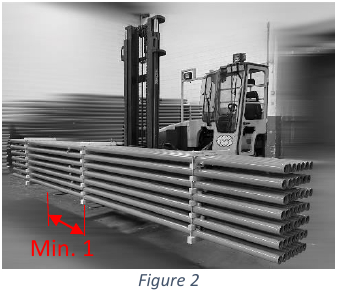
For all handling of packages, operators shall be duly equipped with the corresponding PPE in perfect condition, in accordance with the applicable regulations in force. In addition, they may use slings or similar, provided that they do not damage the packages or the piping.
To unpack the material, tools or tools that cannot scratch, mark or affect the pipe totally or partially shall be used. Pipes shall be extracted individually for assembly without dragging one over the other and transporting them in a horizontal position.
It is recommended that both the packages and the pipes that may have been removed from them are stored in a covered, ventilated and dry place. If this is not possible, they should be protected with tarpaulins or plastic sheeting, ensuring proper ventilation.
The packages shall never rest on the ground in such a way as to damage them or the pipe they contain. Likewise, the pipe that has been extracted from the packages shall never rest directly on the ground and shall be deposited on sufficiently wide and long supports so as not to damage the material.
Both the packages and the pipe shall be stored on a flat and stable surface.
No more than three bundle heights may ever be stacked, avoiding prolonged storage of stacked bundles as far as possible. It is recommended that the pipe supplied be installed in the shortest possible time.
For a correct conservation of the pipe it is necessary to carry out:
In the event of any anomaly arising in the installed products, whether due to human action or natural causes, immediate action must be taken and if there is a risk of further deterioration or safety for people, the entire affected area must be dismantled and correctly stored in a safe place until it can be repaired or replaced.
You can download this information here
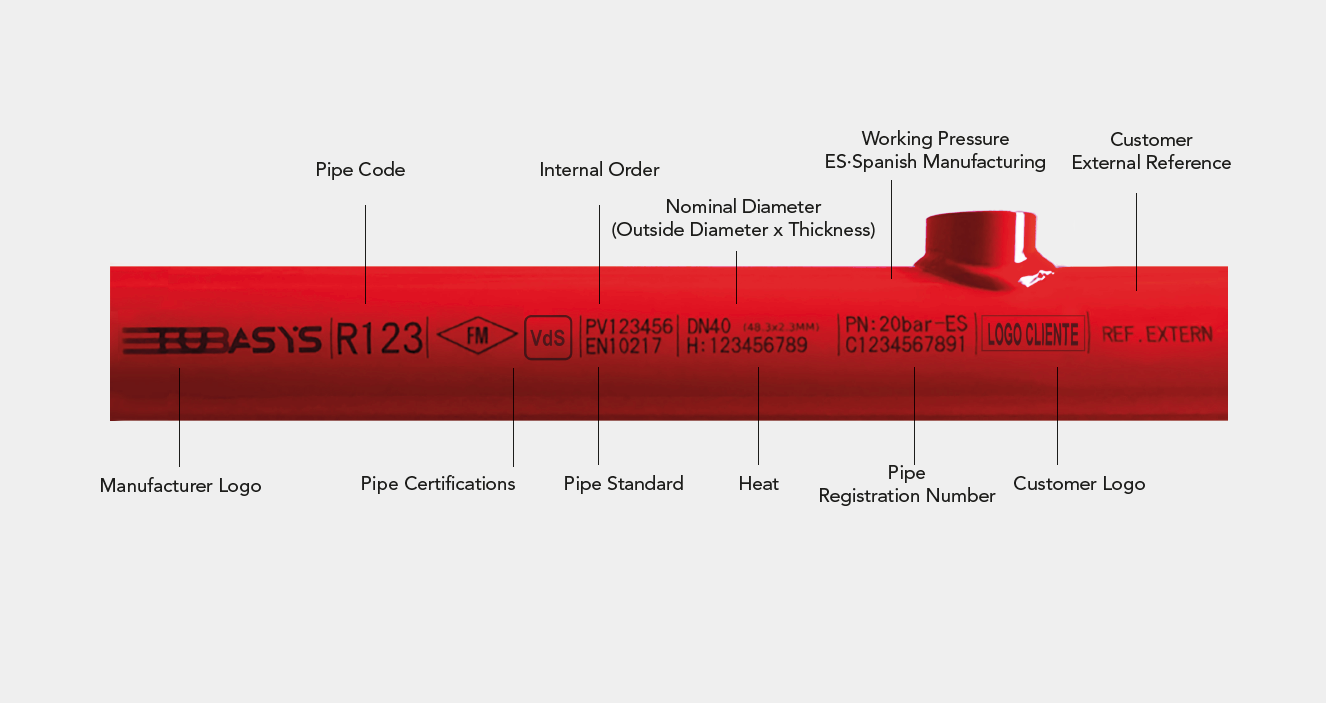
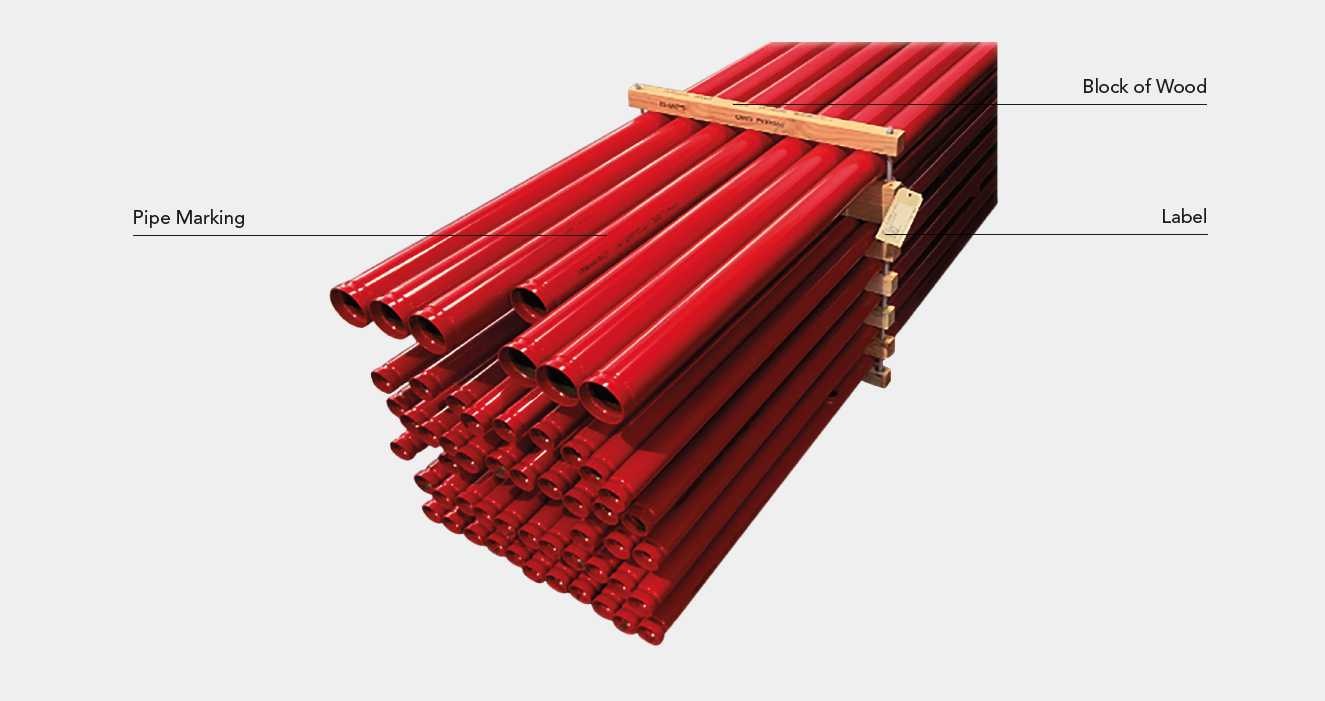
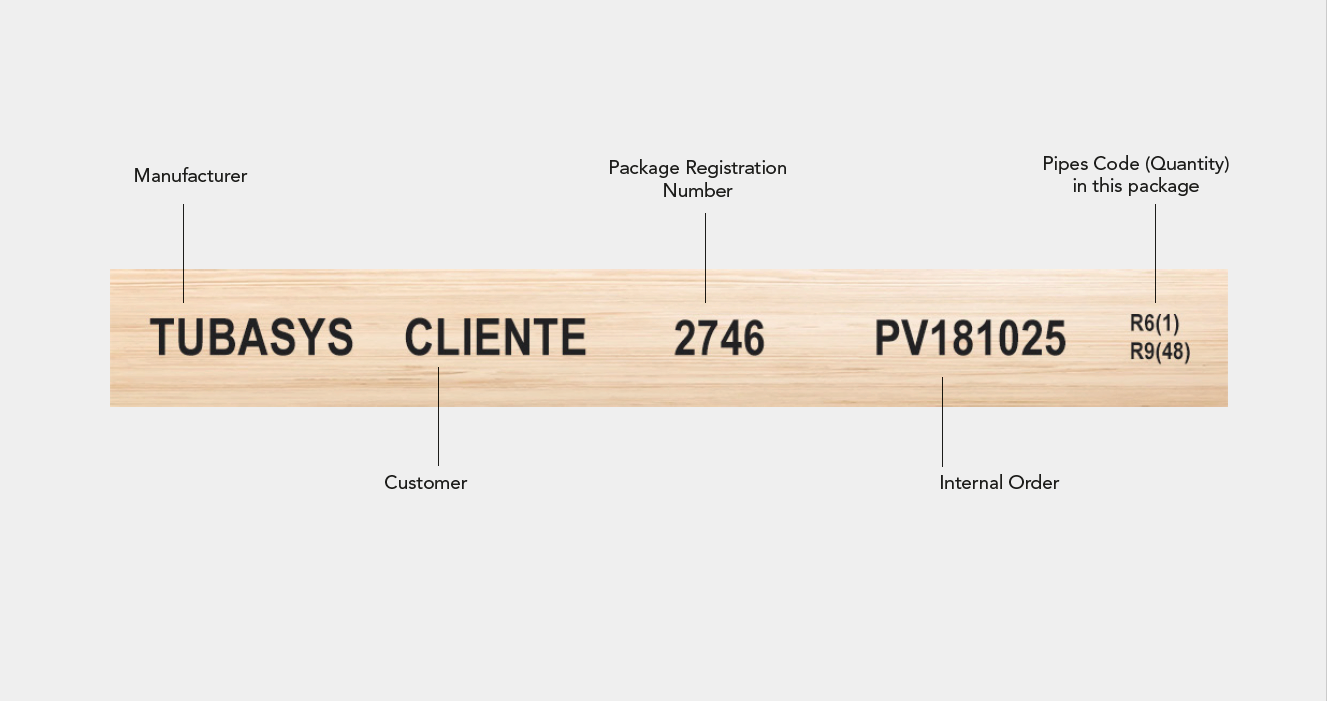
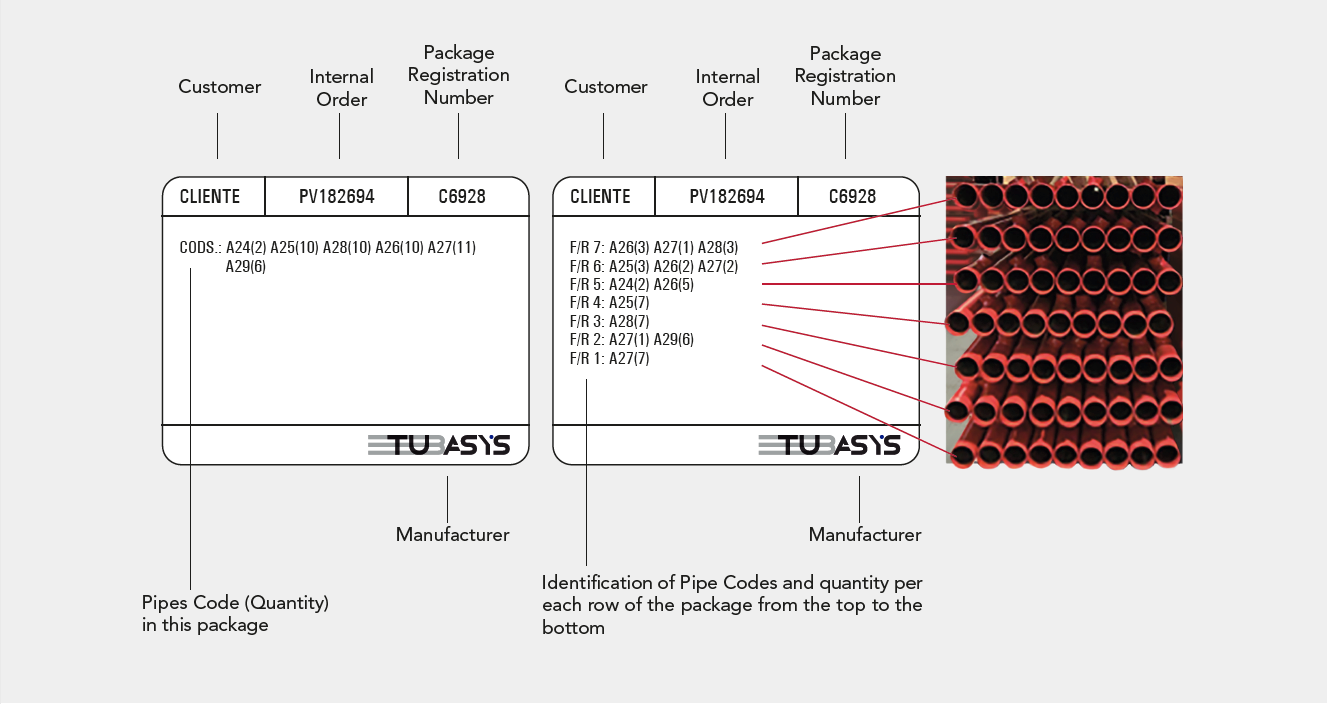
You can download this information here